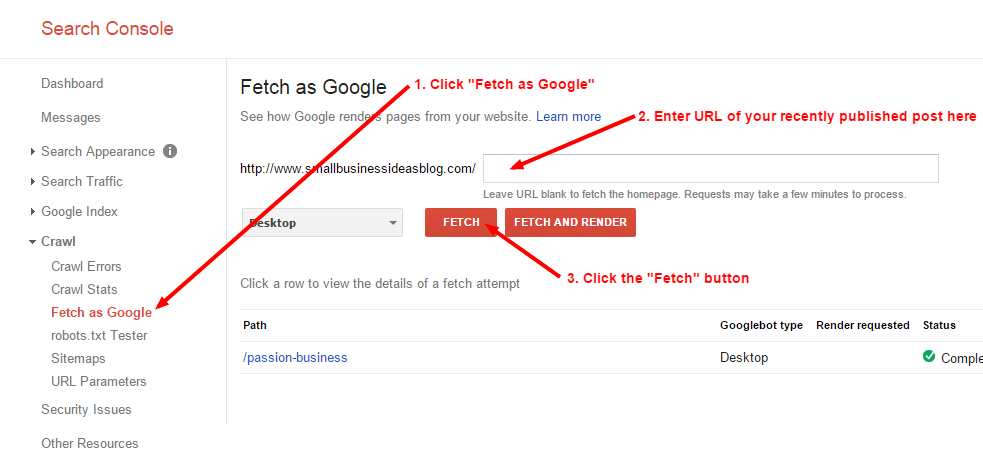 In a previous article, I wrote about how many SEO’s are needlessly afraid to syndicate content because they don’t want to get a duplicate content penalty with Google.
In a previous article, I wrote about how many SEO’s are needlessly afraid to syndicate content because they don’t want to get a duplicate content penalty with Google.
I also mentioned that I was planning on syndicating my own content to get more leverage from articles that I write.
Before you go off and do the same, I want to discuss syndication in more detail as well as some more specifics on how I plan to syndicate.
Syndication can give you more exposure for each article you write. Sometimes much more.
In this post, I’ll discuss:
– Why Google says there’s no penalty for offsite duplicate content
– How search engines treat offsite duplicate content
– How to safely syndicate content for more leverage
– Where to syndicate your articles and what to look for
How Search Engines Treat Offsite Duplicate Content
Google rolled out its Panda updates to combat low quality content being duplicated around the web.
Usually, for a search engine query, Google will normally display 10 different results on each page.
That means if there are multiple copies of the same article, it will pick just one to display in the search results. Unless of course you are searching for a very specific phrase.
Displaying only one result for the same content improves the user experience. It improves the chances that the searcher will find what they are looking for rather than getting frustrated at seeing the same content multiple times in the search results.
So basically, all other things being equal, Google will choose to display the page with the highest trust or website authority.
For example, if the exact same article is published on CNN and also on your site, then the search engines will probably display the copy of the article on CNN. Because CNN is a more trusted authority site on the web than yours.
Google says that there’s no penalty for offsite duplicate content, but other SEO experts will say otherwise.
But the bottom line is that duplicate content can reduce traffic to your website from the search engines, if syndication is done improperly.
How to Syndicate Safely
You may need a webmaster to implement some of these changes if you don’t know basic HTML.
1. Use rel=canonical tag on your original article
Before the closing head tag in your article, be sure to add a “rel=canonical” tag to it. This tag will identify your article as the original version.
If your article has this tag and other copied article do not, then theoretically, your copy should count as the original.
It will look something like this:
<link rel="canonical" href="http://yoursite.com/yourarticle">
By the way, if you are using Yoast SEO for WordPress, then the “rel=canonical” tag is added to all your articles by default. Meaning you won’t have to do anything as long as the plugin is activated and you are using the default settings.
Here’s some more information about the canonical tag from Google.
2. Add rel=canonical tag to your syndicated articles if allowed
If possible, you should also add a “rel=canonical” tag to sites that you syndicate your content too. The tag should point to the original article on your site to indicate that your version is the original.
Most sites you guest post on won’t allow you to access their website code, so you should just ask the host site if it is possible to add the tag.
If not, be sure that they at least link to the original article from the syndicated copy.
For example:
This article was originally published on (your blog – link to your blog).
3. Be sure your article gets indexed before copies on other sites by using Google Webmaster tools
If you are syndicating content, then be sure that your copy of the article gets indexed in Google before any of the other copies.
Mike Allton’s Social Media Hat has a good step by step tutorial by Nick Steeves on how to do this.
To do this, go into your Google Webmaster tools account and click on “Crawl” and then “Fetch as Google”. Enter your article URL and click the “Fetch” button.

After you do that, a “Submit to index” button will appear, so click that and the status should change to “Completed”.
If you don’t have a Webmaster tools account, then you can and should sign up for one here:
https://www.google.com/webmasters/tools
4. Syndicate to sites with lower authority than yours, but still have a good amount of traffic
If your website has really high domain authority, then you may be able to syndicate your content to other sites with lower authority and less readers than yours.
You should still use the “rel=canonical” tag on your own site and get your article indexed first.
But if your site is already an authority site, then you probably don’t have to worry about duplicate content penalties as much.

5. Avoid syndicating to low quality sites that won’t send you traffic
The main benefit of syndicating is to get more traffic to your site and exposure, not for SEO.
However, some people think that copying your article to hundreds of sites will help you get more traffic and possibly help with SEO.
This is exactly the type of tactic that Google and other search engines don’t like and will penalize.
So don’t even bother publishing your content on low quality sites that won’t send you any traffic.
6. Avoid syndicating on sites that don’t have high quality standards
The sites you syndicate your content to should have some quality standards in place that determine what articles get published and what articles don’t.
In other words, they should be picky enough to decline low quality articles.
Sites that accept all articles will fail to become authority sites as they will not attract an enthusiastic audience.
7. Get Permission to Syndicate Guest Posts
If you guest post on other sites, be sure to get permission to syndicate your guest posts on other sites.
Many sites don’t want their content duplicated anywhere else, so if that is their wish, then respect it.
Some sites will allow you to syndicate your content after a period of time, usually a couple weeks. This ensures that Google will index their version of the article first and hopefully attribute it as the original copy.
Be sure to read the guest posting guidelines to see if syndication is allowed. If not, then assume that the host blog doesn’t want you to syndicate unless you ask permission first.
How I Plan to Syndicate
I may plan to syndicate some articles from my site, but mostly I plan to guest post my articles on other sites and then syndicate them to other sites that allow syndication.
For example, the following sites allow people to syndicate already published content to their site:
-LinkedIn Publishing
-Business2Community
-Medium
So I can publish an article on LinkedIn and copy it to the other two sites. All three sites accept syndicated content, so they won’t mind.
This approach should be fairly safe because all of the content is on different sites and not on my own.
For my own content, I’ll syndicate only my best articles and I’ll do this when it is well targeted towards the channel. The above precautions will be taken so that Google knows that my copy is the original.


Hi, Brian,
What an interesting post! You’ve provided some top notch information here, and I for one, really appreciate it. Love the screen shots because I’m such a visual learner.
There’s a big difference between promotion and syndication. I promote with a unique description for each article, depending on the platform I’m sharing on.
However, you’ve got the wheels turning in my head for syndication opportunities! Thanks for the information, Brian, I really appreciate it.
Have a blessed day.
Carol Amato
Thanks, Carol! Let me know how it goes. It’s certainly an opportunity that a lot of people overlook.
Welcome John – glad it was helpful!
Great article about syndicate and Rel Tag.
So you know any good syndicate for small business writers.
I am also looking for low cost freelance business writers for my site.
There are many places, but you can try Upwork or Craigslist for hiring writers.
Hi, Brian,
Thanks for technical information you shared about Syndicating content.it will help us to stay away from bad duplicate penalties from google.
Welcome, Calvin – happy to help!
This is certainly a very great post. Most bloggers just fear that Google would penalize duplicate content. This article is great
Thanks, Tony – I appreciate it!
Thank you for sharing this! Too many SEO’s try to have hard and fast answers when it comes to duplicate content and whether or not it’ll fly. Obviously it can because authority sites do it on a daily basis! It just depends on HOW you go about doing it and the tips you just shared opens the door to proper solutions.
You’re welcome, John! Thanks for the comments!